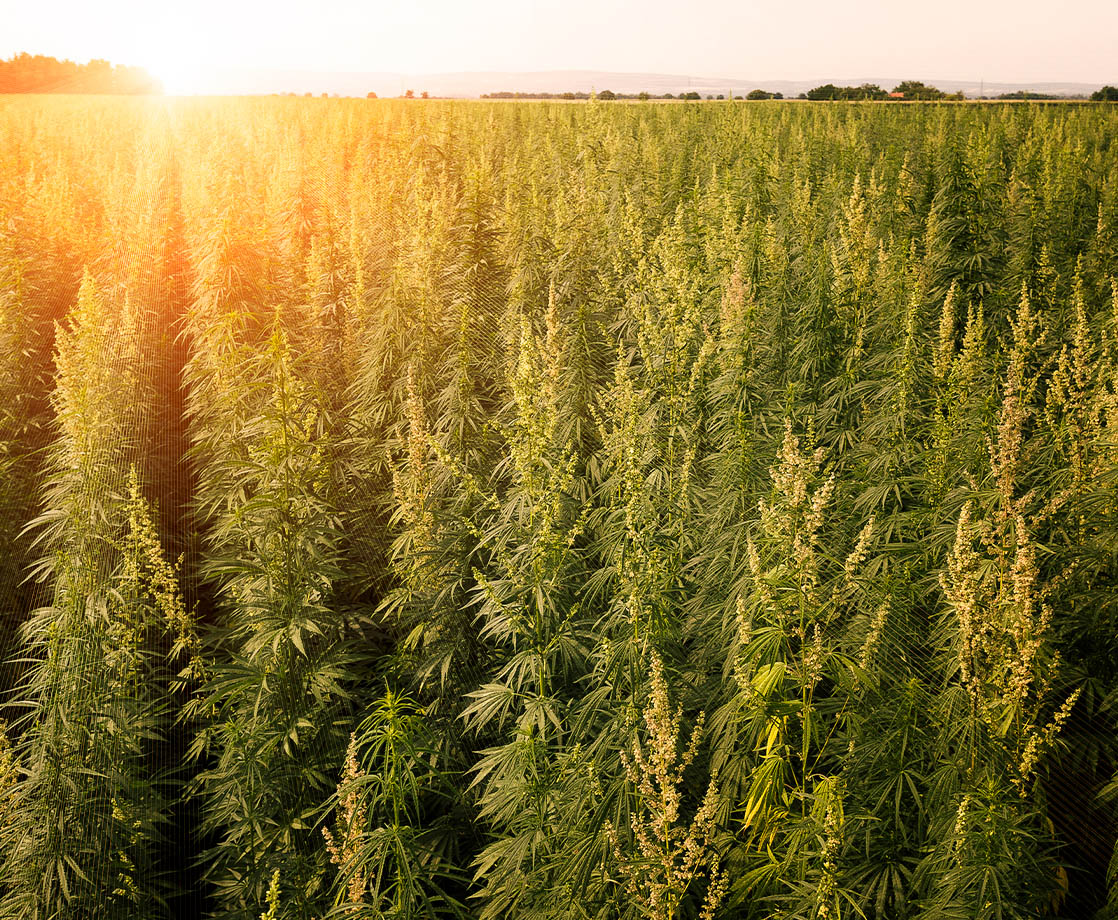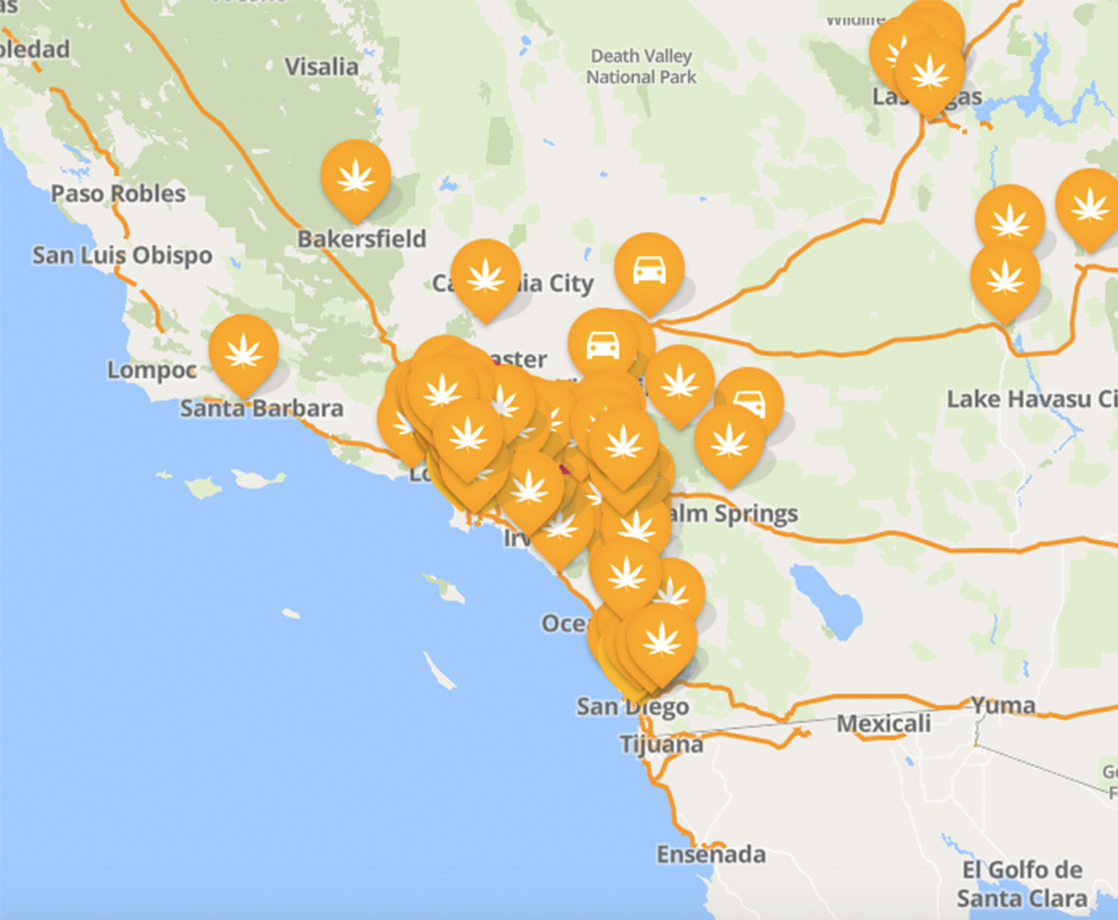All copyrights belong to Swami Select
The recent legalization of hemp in the USA is a total game changer. Hemp has virtually unlimited uses, from making food, fiber, and paper, to ethanol, ointments, lotions, clothing, bioplastics, and building material. Considering the rise of CBD’s popularity that’s sweeping the nation, the demand for hemp seems limitless. When one takes into account the tons of biomass that hundreds of thousands of acres of hemp will produce, the extraction of THC, CBD, and all other cannabinoids from hemp will become big business.
For all those who think they can jump into the new “green rush” and make millions, here is a recommendation: Perform proper due diligence before investing in either an indoor growing facility or land to grow hemp, especially if you live in California.
Mind you, I am not suggesting California or Mendocino County prohibit hemp cultivation, since we all know that prohibition doesn’t work. What I am saying to all those little guys who think they can switch from growing cannabis to growing hemp in order to save their farm: Please, think again.
.jpg)
As hemp and even full-strength cannabis become legal throughout the world, economic and climate considerations will determine where these plants will be grown. With interstate and even international shipments soon to be a reality (Uruguay and Canada currently ship hemp and cannabis products to select countries in Europe, and Colombia is about to supply hemp and CBD products internationally, as well), the question now becomes, Where is the best and most economical place to grow hemp, taking into account what the final use or product will be?
The greatest volume of hemp production will probably be for fiber, ethanol, paper, and plastic. With cheap interstate transport of tons of raw material, crop production will move to the regions that have the fewest legal and environmental restrictions, where labor is cheap, and where the climate is most conducive to lower production costs.
The most logical place within the US to grow hemp is, unsurprisingly, Kentucky and the Ohio River Valley. For decades, prior to the prohibition of cannabis in the late ‘30s, Kentucky, Indiana, Ohio, and Tennessee were the main hemp producers for the United States. Now, two of the main promoters of hemp are two of the most powerful politicians in America: Senate Majority Leader Mitch McConnell from Kentucky, and former Speaker of the House John Boehner from Ohio. McConnell has promised that he will give all the help needed to anyone who wants to grow hemp in Kentucky, and the State Agricultural Commissioner is totally in support. Boehner, on the other hand, is already getting paid to be on the board of a cannabis company. And now formerly industrial states, like Ohio and Indiana, have lost much of their manufacturing capacity and are eager to replace it with hemp.
So, why are these the optimal states? It has to do with the economics of hemp cultivation, the cost per acre of land, and the cost per gallon of water.
.jpg)
Number one, it rains all summer in the Ohio River Valley because the area is located in the humid portion of the US, so the crops don’t need to be irrigated. Most agricultural land west of the 100th parallel (which cuts the Dakotas, Nebraska, Kansas, Oklahoma, and Texas in half from north to south) has fewer than 20 inches of rain a year, so irrigation is necessary. Especially in California, irrigation is needed because from June to October there is generally no rain at all. Even if there were a drought in the East Coast, the bountiful Ohio River is right there.
Number two, compared to California, agricultural land is much cheaper in the Midwest and the South. In California, agricultural land averages between $5,000 and $12,000 per acre. Meanwhile, in Kentucky, prime crop land sells from $3,200 to $5,000 an acre. In the Emerald Triangle — Mendocino, Humboldt, and Trinity counties — most of the land is classified as forest land, timber production zone, or rangeland (or the equivalent with a different name). The majority of the agricultural land is pasture and rangeland. None of this land in the mountains is conducive to thousands of acres of hemp cultivation, which is already happening in other states.
Number three, there are fewer environmental laws in the Midwestern states. In California, one would assume, that since hemp cultivation is a new program, it will be subject to the California Environmental Quality Act (CEQA). As a result, the California Department of Fish and Wildlife and the California State Water Resource Control Board will eventually impose their extreme environmental restrictions on hemp production, just as they have on cannabis cultivation.
Number four, as a result of the 2018 Farm Bill (pushed through by Mitch McConnell), hemp can be shipped anywhere in the US. Ohio, Indiana, and Kentucky serve as national hubs to interstate highways, major railroads, as well as Ohio and Mississippi River traffic. Further, labor costs, the cost of living, and the cost of housing are considerably cheaper in the Ohio River Valley, where three-bedroom houses sell for less than $200,000.
Number five, Europe and China already have well developed hemp businesses, so when international trade is fully legal, huge shiploads will be criss-crossing the seven seas. Every state in the nation and every country in the world is contemplating hemp cultivation. Further, in March 2020, there may quite possibly be a vote by the UN to recognize cannabis as a both a “Traditional Medicine” and a “Complementary Medicine.” As a result, worldwide cannabis cultivation and whole-plant medical production will most certainly increase by several orders of magnitude.
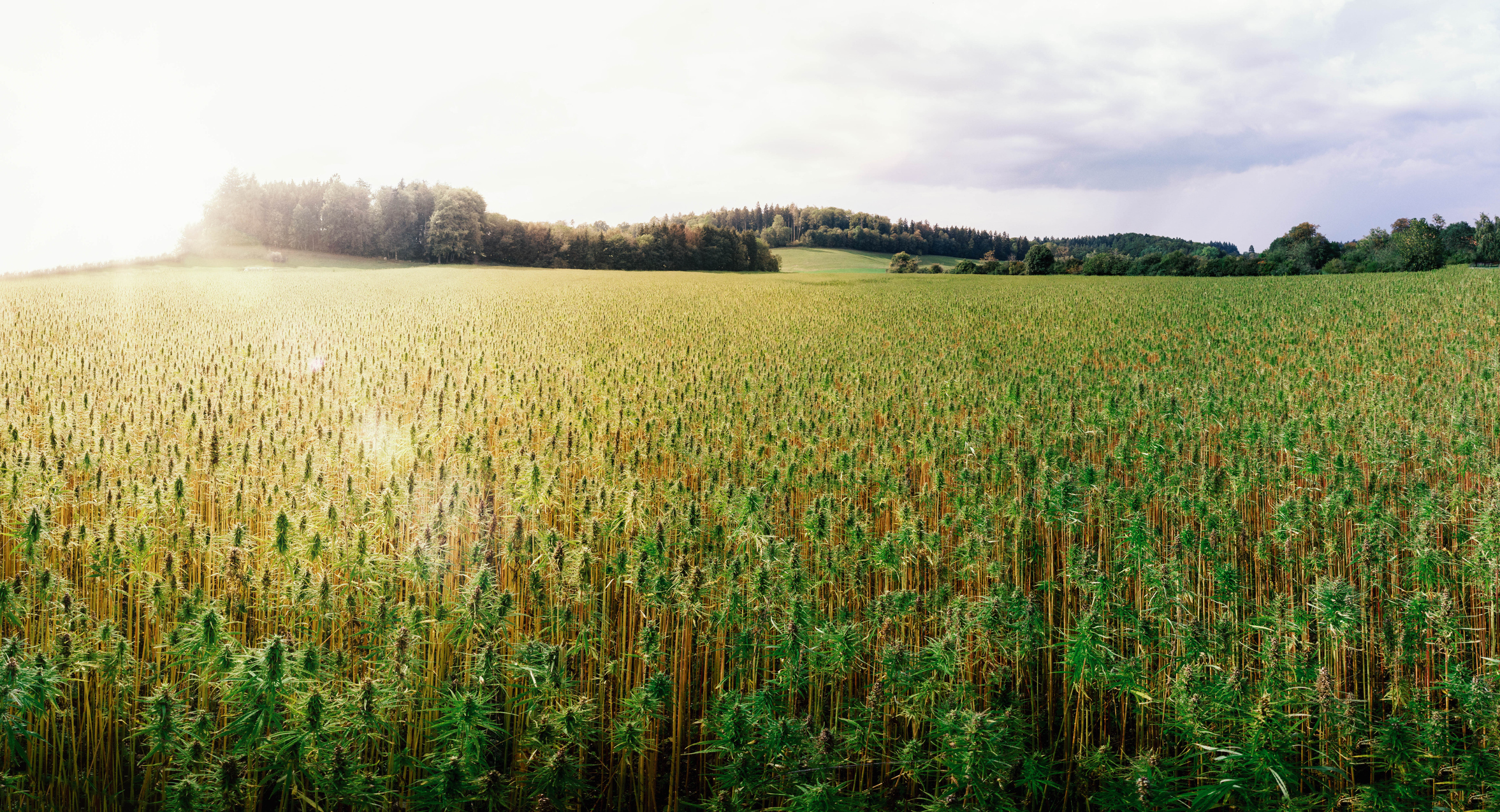
In point of fact, I have recently had two inquiries from serious entrepreneurs in India and Germany, wanting to know about growing hemp and also about high-THC cultivars for full-plant medicine. Spanish seed companies come to Mendocino for consultation about our unique cultivars. Many of these countries have considerably lower labor and land costs than the United States, and few environmental restraints.
While there will always be a market for high potency whole plant medicinals and full spectrum extracts, more than likely in the near future, products ranging from edibles to salves, tinctures, oils and vape pens will be sourced from super-cheap hemp biomass — especially because high quality cannabis flower is not needed to make these products. Through complex processes, the cannabinoids and terpenes can be extracted and then recombined in various proportions and combinations, to better feed the mass market.
And if you think Big Pharma, Big Tobacco, Big Alcohol, Big Cosmetics, and other corporate players are uninterested in hemp, think again. Planning for the long haul, giant companies have been buying up agricultural land for years. Now that hemp is federally legal, there are no banking restrictions, an issue that currently plagues cannabis entrepreneurs. And unlike cannabis, when it comes to hemp, you get all the extra tax deductions favoring agricultural businesses. Not only that, there are currently no federal environmental regulations governing hemp other than those for all other agriculture. Worse, there are no required testing protocols for pesticides or pathogens imposed on hemp to be used medicinally.
It’s a free-for-all out there.
Due to decreased sales of tobacco in the US, there is even a market opening up for hemp pre-rolls, which are high in CBD with only a small fraction of THC. These are being touted as an alternative to cigarette smoking for those who want to quit tobacco. As a result, farmers in the South are beginning to plant hemp instead of tobacco.
Likewise, farmers in Iowa, who can’t sell their soybeans because of Trump’s tariffs against China, are starting to grow hemp. As of June 2019, licensed hemp acreage in the US saw a growth of 544 percent in just one year, up from 78,000 acres in 2018 to 511,000 acres in 2019. By the end of next year, that figure is again expected to quadruple. Canada, Europe, China, and the rest of the world will surely increase their acreage, as well.
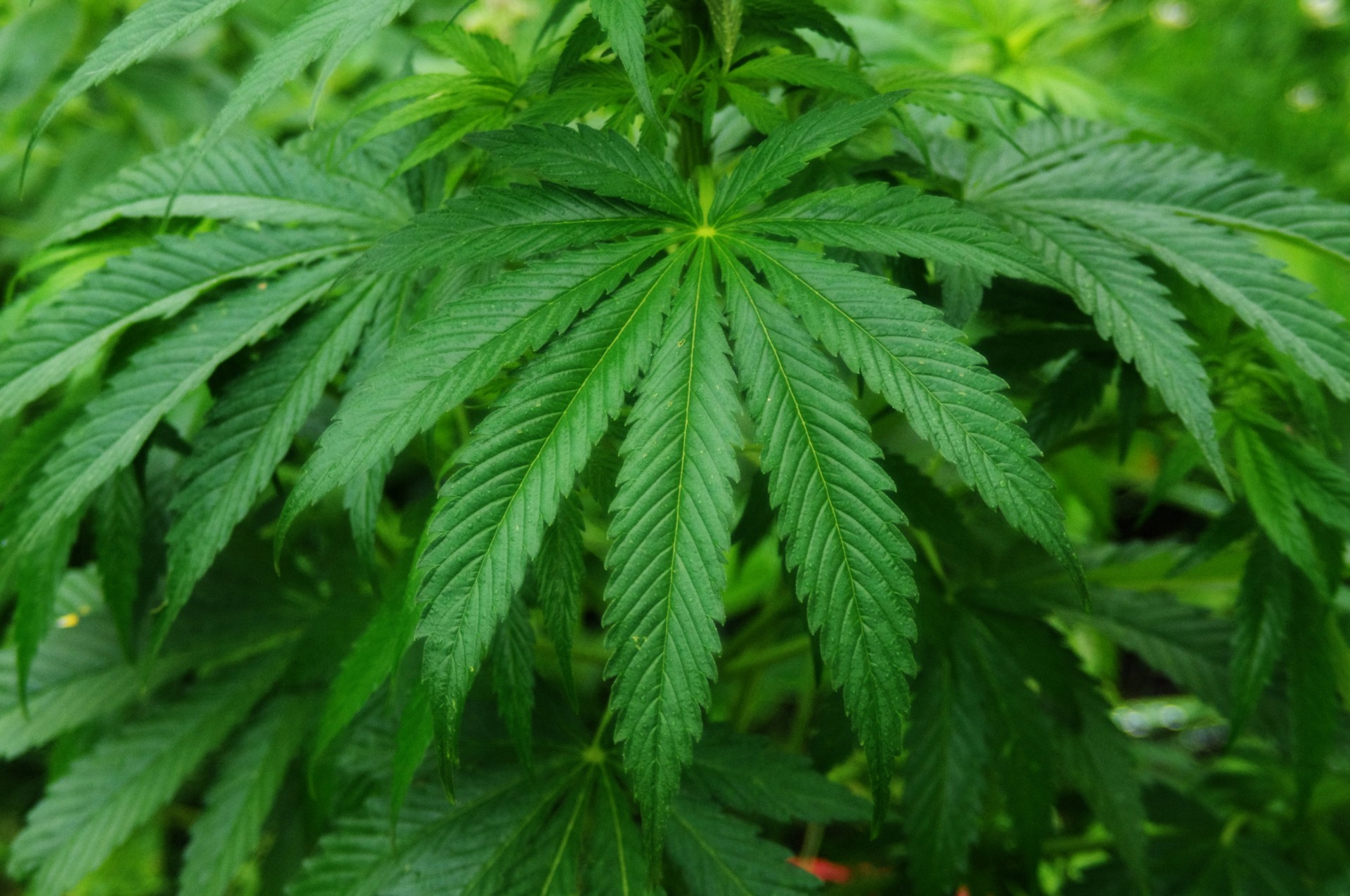
Today, much of the raw material for manufactured cannabis products is grown indoors in warehouse factories, especially in Canada and in the Western states, including California, Oregon, and Washington. These installations are costly to construct, rent, or buy, as well as to outfit for cultivation with expensive electric lights, air filters, air conditioners, water filters, soil, and even the shelving for the plant beds. Worst of all, they have a very high and expensive carbon footprint. In addition, the factories are less-than-friendly environments for workers, with their regular spraying of carbon dioxide and sulfur. These operations will soon become economically unviable, as hemp biomass supplies everything for the manufactured products except the THC.
Investors and business people itching to make the transition into the lucrative hemp market owe it to themselves to look at recent market changes stressing large investors in the cannabis sector. There are reports of Canadian companies that invested hundreds of million dollars into indoor facilities, and now face serious losses and are firing their CEOs. One company paid an estimated $47,000 per square foot for a 9,000-square-foot facility ($423 million total) that could only produce a crop worth $9 million per year. Similarly, many large indoor grow facilities in Coachella and Desert Hot Springs are for sale at reduced prices. No one is buying these dinosaurs.
Compared to hundreds of acres and thousands of tons of hemp that will soon be grown in Kentucky and other states (in the full sun, without irrigation, on reasonably priced rural land, with cheap labor), the cost per square foot or cost per gallon of water for indoor cultivation will soon make the old methods of growing unprofitable. Even outdoor hemp production in California will be economically unsustainable because of the need for irrigation and high labor costs, not to mention strict and costly permit regulations.
A recent query to New Frontier Analytics found that with 15,000 hemp licenses and over 250,000 acres of cultivation, there may be over-production this year. And next year, it’s expected that hemp cultivators will produce even more tons of biomass. Martin Lee, from Project CBD, estimates that there will be a huge surplus of CBD from hemp after the next harvest — up to a trillion grams of CBD — which will make the price drop out and put most of the little guys out of business.
The problem for the new hemp cultivator aiming for the medicinal market is having enough space to properly dry the whole crop during the harvest in autumn. It takes almost as much square footage to dry hemp as it does to grow it. And, even if they have enough drying space, will there be storage space to prevent crop damage, mold, and mildew while the hemp awaits shipment?
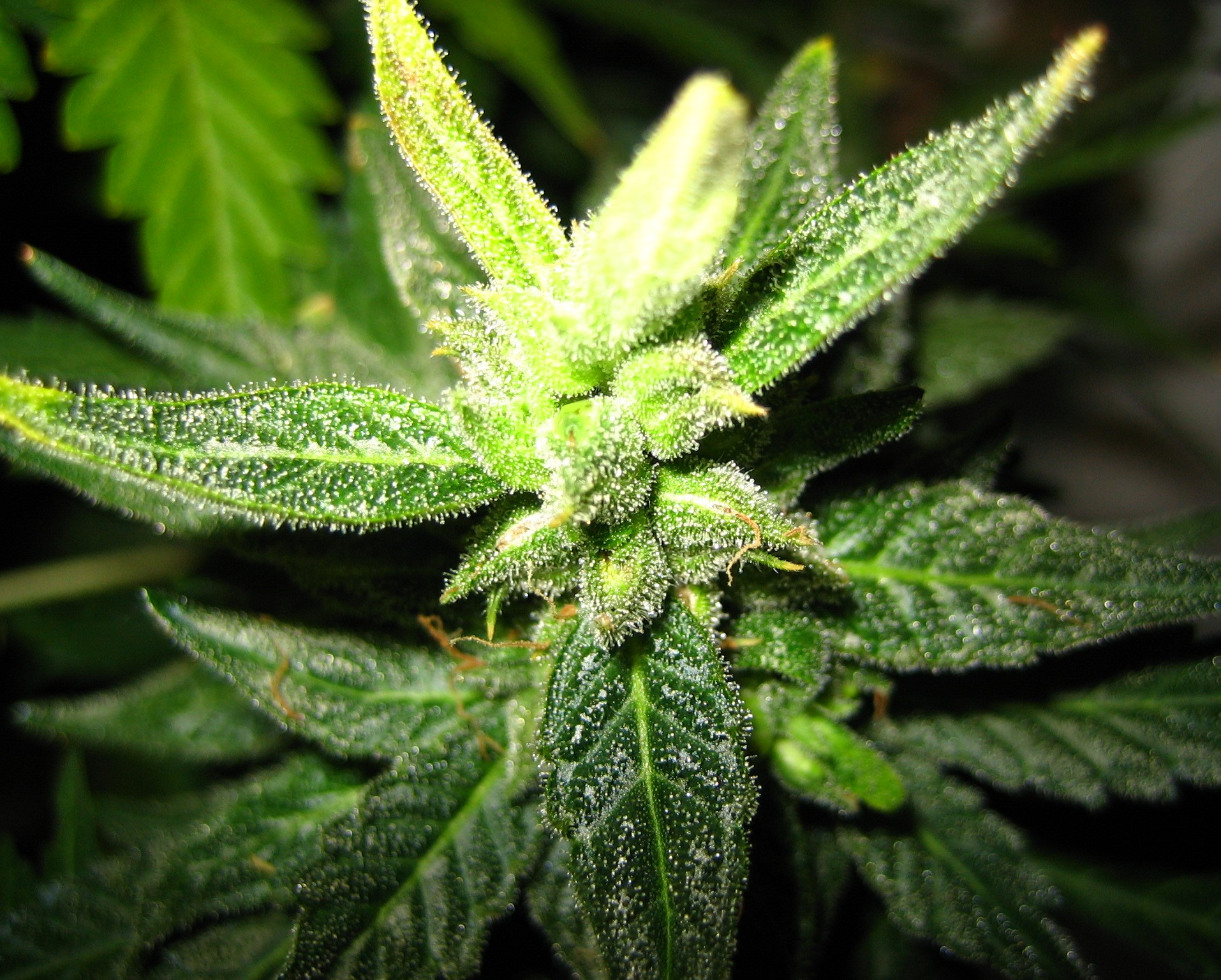
At the opposite end of the spectrum, for the small but demanding connoisseur market, only the finest cannabis flowers will do, which can only be produced organically in small batches in the legacy growing regions in the mountains of Northern California. These artisanal craft cultivators are the heart and soul of the Emerald Triangle. It is precisely these heritage growers who are most likely to suffer with the introduction of hemp biomass into the Emerald Triangle, because it will dilute the brand and tarnish their reputation of producing the world’s finest cannabis flowers.
There are some farmers in the Emerald Triangle who disagree, and suggest that some craft farmers who are unable to get permits to enter the legal THC market can instead grow hemp for biomass. Yet the real question is: Could they survive doing that? Probably not. Is there even such a thing as “craft cannabis”? Is there a need for it? The price of hemp as an agricultural commodity will follow the economic laws of agriculture, just like soybeans and wheat.
Legacy farmers in the forested mountains of the Emerald Triangle do not have the vast acreage that is available in the Eastern third of the country. Remember, when the price of premium cannabis flower dropped to $500 a pound two years ago, many heritage growers in the traditional market were forced out of business. If they can’t make it on $500 pounds, there’s no way that $30 a pound will make hemp production profitable in the Emerald Triangle, not least because of the limited acreage of agricultural land available. As more and more large farms in the Midwest cultivate hemp, the huge surplus of raw material, measured in tons (not ounces or grams), will push the price down to $30 a pound — or even lower. Why would you stop growing a crop that sells for $50 a gram, to grow one that sells for $30 a pound?
There is another barrier in California working against small-time growers who are thinking of switching to hemp: Products or components derived from hemp cannot be mixed with compounds derived from high-THC cannabis. As such, hemp cultivators will not be able to supply local manufacturers who make products that contain THC. This might not seem problematic until one understands that CBD and THC work best when administered together, and in many cases CBD doesn’t really work medicinally very well unless there is a portion of THC in the flower or the product. Most people I talk to who use cannabis for pain relief state unequivocally that it is the THC which gives the relief; the CBD helps by reducing the inflammation.
In order to protect the legacy cannabis cultivators of the Emerald Triangle, it has been proposed that hemp farmers be required to use feminized seeds, certified to be 0.3 percent THC. This is because in Oregon, blowover of male pollen from hemp farms has seeded high-THC cannabis crops, reducing their market value. If farmers in California, or Mendocino County, are required to use feminized seeds with certified less than 0.3% THC, the vaunted genetics created in the Emerald Triangle — evolved over 60 years of clandestine breeding and used for decades in salves, edibles, and so on — will not be available for the local manufactures to use as hemp seeds or to be the source of their products.
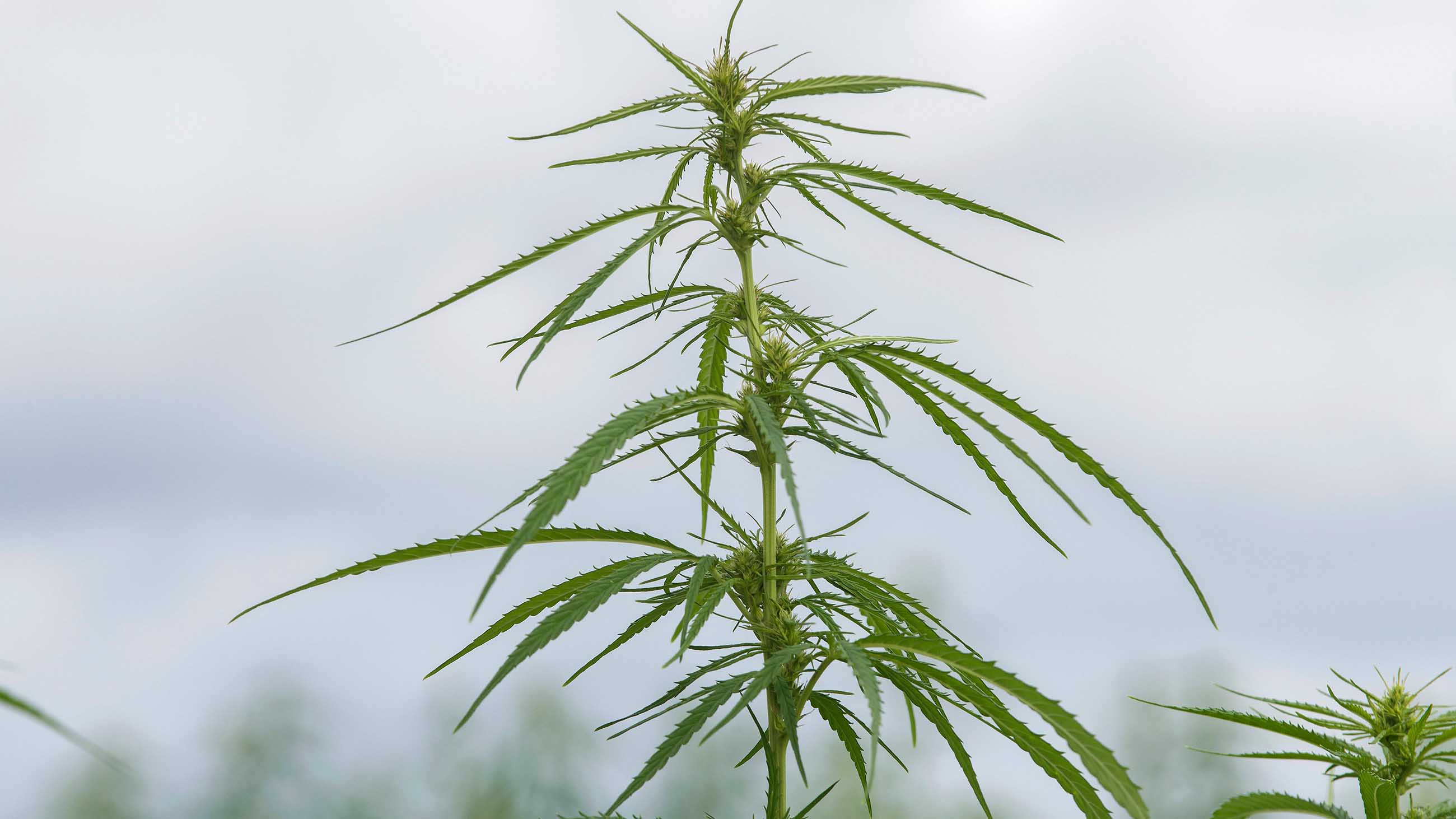
In the right wing’s never-ending campaign to demonize cannabis, their latest ploy is to paint THC as the bad guy and CBD as the good guy. They are even reviving the Reefer Madness trope that THC causes psychosis and works as a gateway drug — claims that have been repeatedly discredited by unbiased research. Don’t be fooled. Cannabis works its wonders precisely because of the interactions among the hundreds of cannabinoids found in the plant, which is why I like to call it the “Symphonic Effect” of whole-plant medicine, not just the “entourage” or even the “ensemble effect.” It is precisely this interaction between THC and everything else that makes cannabis the magic therapeutic wonder that it is.
Legalizing hemp could also revive the traditional market, aka the black market. Visually speaking, when hemp is planted at the same density as high-THC cannabis, the two are very difficult to distinguish. What is to prevent a hemp farmer from having 100 high-THC pants in the middle of a 30- or 40-acre hemp field? What about in a 40,000 acre cultivation site? The only way to really know if a plant has more than 0.3 percent THC is to test every plant before harvest. Possible? No!
The only logical strategy for Mendocino County and the other legacy growing regions of California is to focus on what we have always done best: small, organic, high-potency crops, with full cannabinoid and terpene content — the heritage of over 60 years of cultivation in the world’s most pristine environment to grow cannabis. People will want the finest and purest cannabis available, and that will continue to come from the mountains of California.
For more on Swami Select, visit their website here


